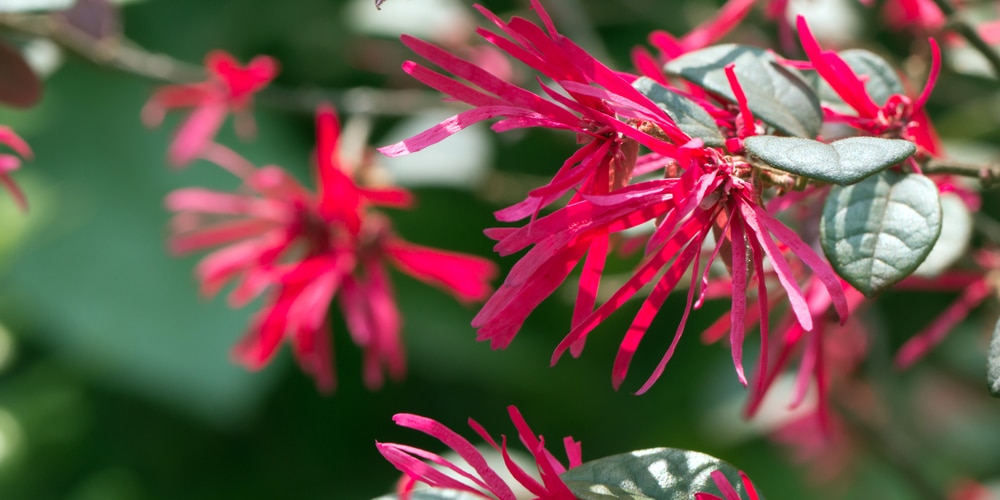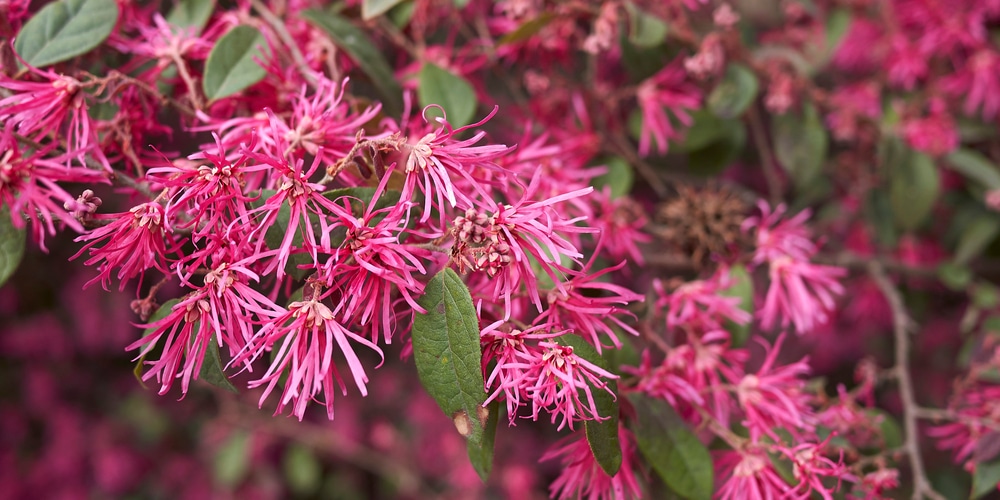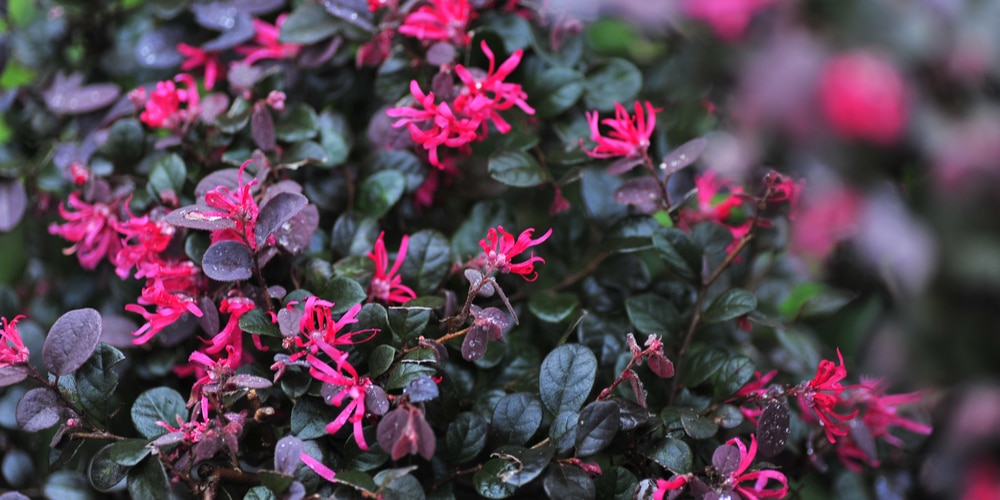Loropetalum plants are beautiful and unique, and their deep plum leaves make these plants stand out even more. However, no matter how beautiful your plants are, they won’t look their best if they’re not healthy.
In fact, the health of your plants depends largely on the quality of your soil. Soil rich in organic matter and nutrients will produce healthy plants, while poor quality soil will produce weak and sickly plants.
One of the best ways to ensure that your plants get the nutrients they need is to fertilize them regularly. Choosing the right fertilizer, however, can be a bit of a challenge.
There are so many different types and brands of fertilizer on the market, and it can be difficult to know which one is best for your plants. If you’re not sure what kind of fertilizer to use, don’t worry! We’ve taken out all the guesswork and compiled a list of the best fertilizers for loropetalum plants.
What Fertilizer Types are Best for Loropetalum Plants?
By now, we’ve established that healthy plants need healthy soil to grow in, including using a high-quality fertilizer. While it’s a common challenge to find the right fertilizer, it’s actually not that difficult once you know what to look for.
First, loropetalum plants are known for their vibrant purple foliage, so you’ll want to look for a fertilizer that contains magnesium sulfate. This essential nutrient helps to produce rich, deep purple leaves.
Secondly, loropetalum plants are quite drought-resistant, so you don’t need to worry about over-watering them. A slow-release fertilizer will do the trick, providing a steady supply of nutrients over time without the risk of over-watering.
With that being said, any well-balanced slow-release fertilizer will work well for loropetalum plants such as 8-8-8 or 14-14-14. Additionally, considering Loropetalum is an acid-loving plant, look for a fertilizer specifically made for acid-loving plants such as hydrangeas, rhododendrons, camellias, and azaleas.
Loropetalum Best Fertilizing Practices
Fertilizing is a big part of keeping your loropetalum plants healthy, but it’s not the only thing you need to do. Here are a few additional tips to keep in mind:
- The best time to fertilize Loropetalum is right after its blooming period. Loropetalum blooms around late winter to early spring, and its blooms may last throughout the summer. As soon as the blooms start to fade, that’s when you should fertilize. However, if you’ve missed this period, you can always do so until early fall.
- Do not fertilize before winter approaches. This is to ensure that the plants won’t be forced to grow tender, new leaves in the cold weather.
- A balanced fertilizer such as an all-purpose or slow-release fertilizer is best.
- Apply the fertilizer around the plant’s drip line, not directly onto the leaves or stem. The roots are located just beyond the dripline, and that’s where they need the nutrients to be.
- Ensure that the plant’s roots are not waterlogged. If the roots are waterlogged, they will not be able to absorb the nutrients from the fertilizer.
- You may fertilize the plant approximately 2-3 times yearly/
How to Identify if Your Loropetalum Plant Needs Fertilizer
Unlike other plants with green foliage, it can be tricky to tell when a loropetalum plant is lacking in nutrients. However, there are a few tell-tale signs to look out for:
Yellowing Leaves
Yellow leaves in a Loropetalum may mean it lacks nutrients. This can be either caused by waterlogging or by a lack of nutrients in the soil. If you think your plant is over-watered, allow the soil to dry out completely before watering again. If the yellowing persists, this means that the soil, despite being dry, is lacking in nutrients, and your plant will need fertilizer.
Leggy Plants
Loropetalum that are growing leggy may be lacking in magnesium sulfate, which is essential for producing deep purple leaves. Consider using a fertilizer that contains this essential nutrient.
Less Vibrant Foliage
If the leaves of your Loropetalum are not as deep purple as they used to be, this is an early warning sign that the plant is lacking in nutrients. Use a high-quality fertilizer to help bring back the vibrant coloration. If not remedied immediately, your plant’s leaves may turn yellow, making it more difficult to bring back their original color.
What is the Best Fertilizer for Loropetalum: Final Thoughts
The unique features, interesting foliage, and long-lasting blooms of Loropetalum make it a popular choice for many gardeners. While these plants are quite easy to care for, they require basic maintenance, including fertilizing.
A slow-release granular fertilizer, applied after the blooming period and throughout the growing season, is the best way to ensure your Loropetalum stays healthy and happy. Look for a fertilizer specifically made for acid-loving plants to give your Loropetalum the nutrients it needs to thrive.


